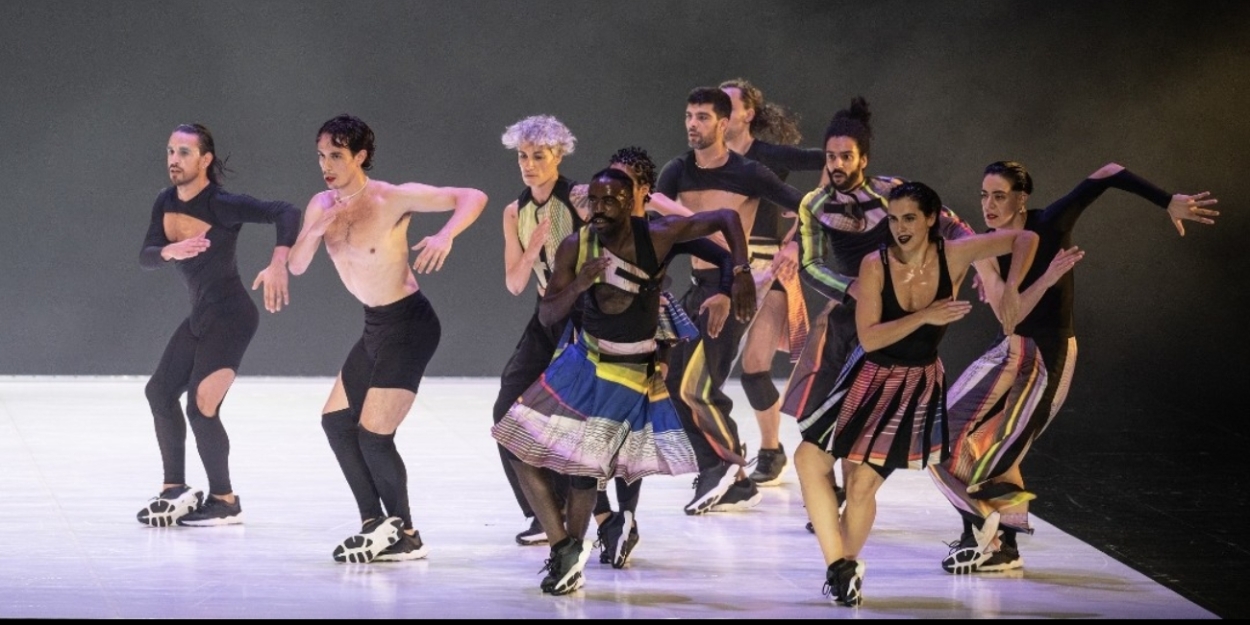Review: MARCO DA SILVA FERREIRA: CARCAÇA, Sadler’s Wells
More cons than pros

![]() Competition in the Arts...now there's a loaded statement! Nonetheless, London has a new biennial event, or rather two, in the form of the Rose, and Bloom Prize.
Competition in the Arts...now there's a loaded statement! Nonetheless, London has a new biennial event, or rather two, in the form of the Rose, and Bloom Prize.
The Rose is for established choreographers, the prize for which is £40,000. The Bloom; burgeoning makers (with less than 10 years experience) who can potentially be awarded £15,000.
These are decent amounts of money, though we don't know where from as the donor is staying anonymous. They have also committed to funding the prizes for a 20 year period, so we're talking a minimum of £550,000 being pumped into the choreographic ecology - which feels substantial, in recognition of the craft itself.
The judges aren't anonymous: Professor Christopher Bannerman (Chair), PJ Harvey, Karthika Naïr, Dame Arlene Phillips and Dr Samuel Ross MBE), and the winners will be announced on February 8.
CARCAÇA by Marco da Silva Ferreira from Portugal is nominated for the Rose Prize. The blurb suggests the work is aiming to look at many things, and asks the observer to consider the following questions: how do you decide to forget and make memory? What are the roles of individual identities in building a community? What is the driving force behind identity? What world is the individual and collective body going through? Or, rather, what bodies are crossing the world?
I'm exhausted already. da Silva Ferreira has been many things before this point: a swimmer, graduate of physiotherapy, street, commercial and contemporary dancer, winner of the Portuguese version of So You Think You Can Dance and Artistic Director of his own company Pensamento Avulso since 2013.
One assumes all the above have led him to this moment, and CARCAÇA is the latest manifestation. I'm afraid to say it just isn't very good.

Let's look at the pros first. da Silva Ferreira definitely understands some choreographic elements, and shows this clearly. Primarily space, the use of it, and the relationships within it. The live music is super, provided by João Pais Filipe on drums and Luis Pestana covering all matters electronic. Aspects of design are also of interest. The lighting (Cárin Geada) is atmospheric throughout and at one point the flooring is lifted to become the backdrop.
However, in relation to content, there is a distinct lack of development. Fundamentally it's 75 minutes of jogging with the odd arm movement thrown in and that's about it. There's boundless energy (from most) no doubt, but it's not enough to convince me of the choreographic content. There's also some average voguing on offer and lots of oversexualised twerking, but the majority of the execution lacks precision and finesse.
Things get worse when t-shirts are used as a choreographic tool by being pulled over the head…what are they thinking? And here we also experience some singing with a political overtone - which all feels too obvious to be something of great, personal importance.
da Silva Ferreira aims for a big finish but offers more of the same content, so the desired impact doesn't come to fruition.
In bigger terms it comes down to what choreography means to the individual. Structure and pace are important but so is language, phrasing and nuance. And I'm afraid there’s next to none here for the taking.
I'd propose the selection process needs addressing, as this isn't the calibre of work that should be considered one of the four makers worthy of selection, and possibly winning the Rose Prize. I realise that statement will read cold on the page, but what's the point of aiming to develop and support the art form if we aren't doing it in the right way for the right people?
CARCAÇA showed at Sadler’s Wells on 1-2 February. For more information on the Rose and Bloom prizes, click here.
Photo credit: José Caldeira
Reader Reviews
Videos

